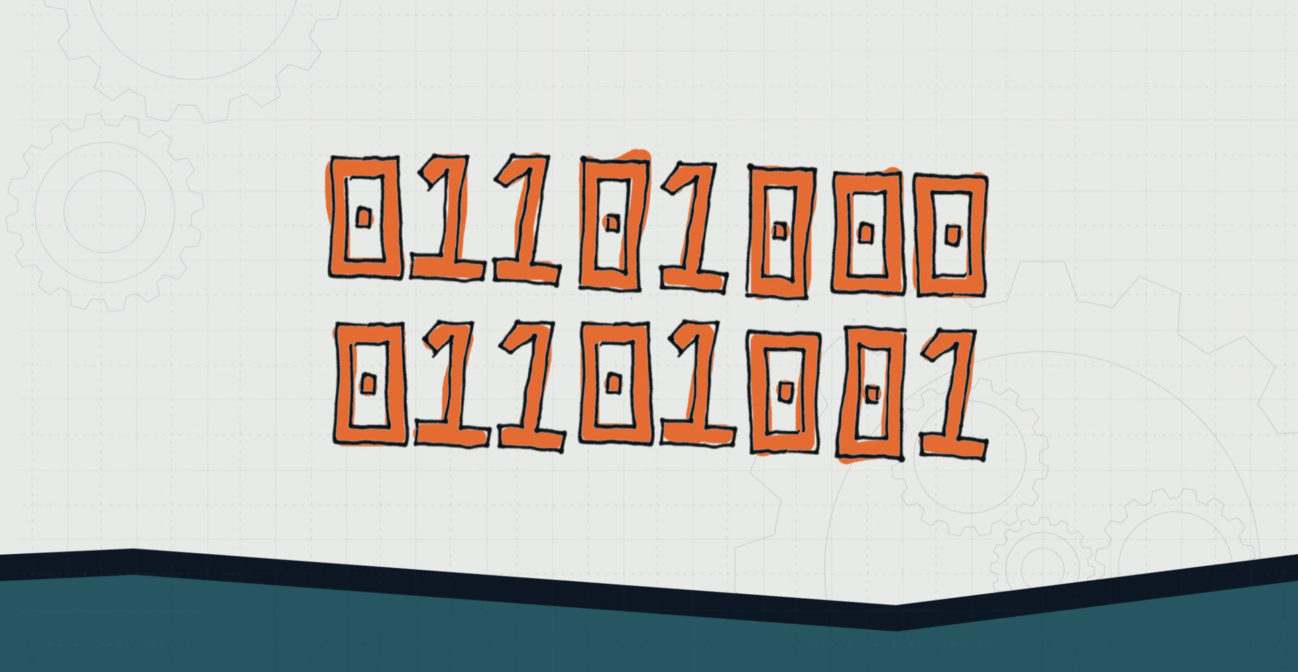Join us for conversations that inspire, recognize, and encourage innovation and best practices in the education profession.
Available on Apple Podcasts, Spotify, Google Podcasts, and more.

MIDDLE SCHOOL – LEVEL 1
Coding is the language we use to communicate with computers. It’s how programmers are able to develop software for everyone to use. It is a language that can set young minds on a path to a successful future. In this game, we will introduce students to ASCII binary code.
The modern binary system was developed in 1679 by Gottfried Leibniz. Leibniz was fascinated by the I Ching from China, noting that its hexagrams correspond to binary numbers. In binary code, letters are replaced by a series of 0s and 1s. In this game, students will be tasked to decipher binary code numbers into their corresponding letters to reveal the hidden message. Use the character legend below to crack the code!
MATERIALS NEEDED:
❏ Paper
❏ Pencil
DIRECTIONS:
SECRET CODE:
01110100
01110111
01101111
01100010
01101001
01110100
OBJECTIVE: Students will be able to integrate scientific and technical information on analog and digital signals to support claims that digital are more reliable.
ESSENTIAL QUESTION(S):
NGSS CONNECTION:
MS-PS4-3. Integrate qualitative scientific and technical information to support the claim that digitized signals are a more reliable way to encode and transmit information than analog signals.
COMMON CORE CONNECTION:
ELA/Literacy
RST.6-8.1 Cite specific textual evidence to support analysis of science and technical texts.
RST.6-8.2 Determine the central ideas or conclusions of a text; provide an accurate summary of the text distinct from prior knowledge or opinions.
RST.6-8.9 Compare and contrast the information gained from experiments, simulations, video, or multimedia sources with that gained from reading a text on the same topic.
WHST.6-8.9 Draw evidence from informational texts to support analysis, reflection, and research.
DOK:
Level 3: Strategic Thinking
Level 4: Extended Thinking